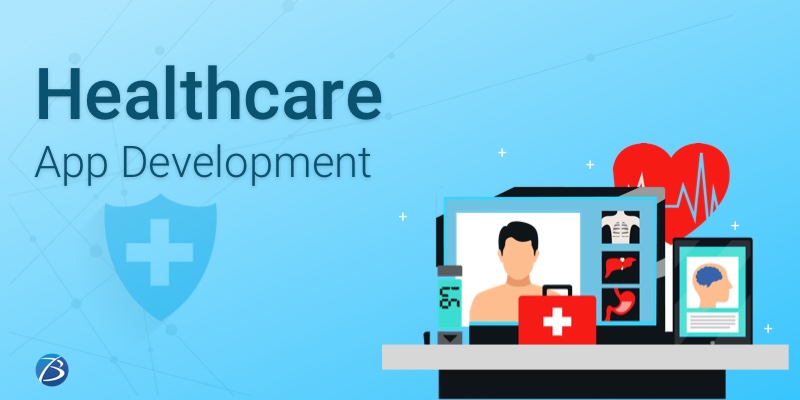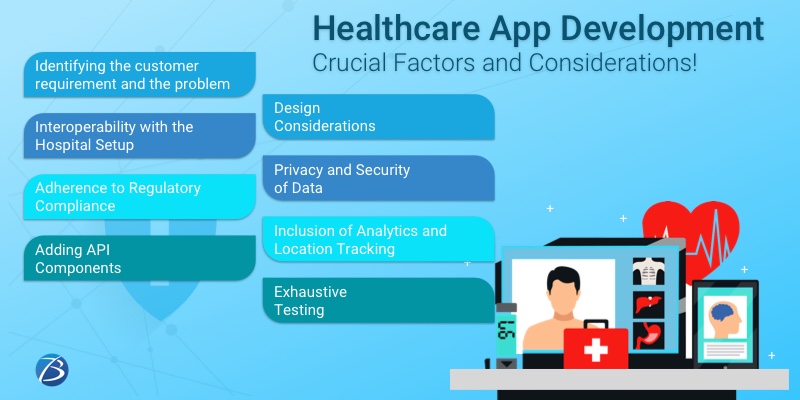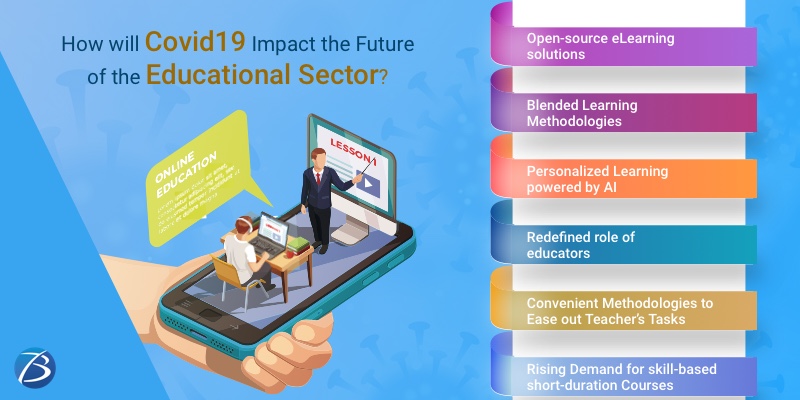Healthcare App Development: Crucial Factors and Considerations!


Healthcare apps have gained a lot of momentum in the last couple of years, and the demand for healthcare mobility solutions has sky-rocketed, ever since the emergence of the Covid19 crisis. Such high-end healthcare apps hold the potential to revamp the medical system altogether by offering improved services, efficiency, accuracy, effective communication, reduced expenses, and many more.
Looking at the potential of the healthcare app development market, multiple businesses have begun leveraging this golden opportunity to design innovative app solutions for making life easier for patients, practitioners, and medical facilities. But, several apps fail to make a mark owing to the following reasons:
- Poor usability
- Failure to address some vital problems existing already
- A dearth of clinical inputs
- Non-compliance with regulations concerning security and privacy
Therefore, if you are willing to develop a modern-day healthcare app and want to hire Healthcare app development services, you first need to be well versed with the development requirements of a healthcare application.
This post outlines the key aspects you need to consider for architecting an impeccable healthcare solution. It will assist you in your app development journey.
Key Factors to Consider during Healthcare App Development

Identifying the customer requirement and the problem to be solved
Instead of assuming the consumer needs, healthcare app providers should identify their actual requirements and expectations. This can be understood by conducting patient satisfaction surveys.
Once you receive the inputs or feedback from your target audience, you can figure out what is the existing problem that your app can resolve. This is a superb strategy to incorporate additional functionalities that are lacking in the current medical apps, giving you a chance to craft bestselling apps. For example, offering advanced features like bill payment, insurance verification, lab testing results, etc. in addition to the basic ones will add value to the app.
Design Considerations
It’s very important to pay heed to the UI and UX while crafting a healthcare application. A simple, scalable, and sustainable design is the key to success.
The design needs to be simple and intuitive. Multiple interfaces need to be avoided as it would confuse the users and they wouldn’t stick to your app; even if your app boasts of exceptional features. Furthermore, easily operable scheduling platforms and seamless third-party integrations are desirable. Remember that patients are required to fill in data about medical records and appointments at regular intervals; while the doctors need to record their daily visits and update the medical histories of each patient. Therefore, your app must necessarily be user-friendly. So, it is advisable to make the app function on commonly used devices using less complex software.
Besides, most patients using medical apps are likely to be in a vulnerable state of mind. Hence the colors, fonts, and texts within your app must illustrate a positive picture, be decent enough, and support the patients’ state of mind; so that they experience positive vibes while using the app.
Additionally, you must work on making your apps scalable and sustainable. If so, developers can upgrade the app periodically by incorporating new features, to keep up with changing times.
Interoperability with the Hospital Setup
A healthcare app must be interoperable with the current clinical management procedure of the medical facility as well as healthcare devices being used by the staff. Usually, most healthcare organizations prefer a single software that can be also used as a mobile app to steer clear of any deviations in their existing functions.
For facilitating interoperability, healthcare mobility solutions, as well as healthcare scheduling software are based out of a cloud. But even today, some hospitals depend on a traditional hosting setup or install standalone software because cloud hosting services are too expensive. In such instances, healthcare app developers need to create an application that is compatible with the current setup.
Privacy and Security of Data
Privacy of patient data is a crucial factor in healthcare apps and hence the app creators must follow the privacy and safety protocol. For instance, all healthcare apps in the U.S.A. must comply with the HIPAA (Health Insurance Portability and Accountability Act), for preventing unauthorized access to “Protected Health Information.” As per this act, the patients’ particulars such as health records, financial records, addresses, etc. have to be protected by the service providers at any cost. Providers can achieve this objective by employing advanced protection methodologies via strong passwords, limited access to PHI, digital signatures, end-to-end data encryption, the usage of secure communication channels for data exchange, and many more.
Adherence to Regulatory Compliance
A healthcare app development company must comply with standard regulations to ensure the security of the device and apps. The important ones are as follows.
- The lifecycle of the healthcare app development process should fulfill IEC/EN62304 requirements.
- The documentation process should be orderly and well-controlled so that it achieves regulatory approval.
- A standard has to be followed to cater to the requirement of users with special needs like sensory impairment.
- The company should comply with standards for comprehending the process of applying for risk management. Risks are to be identified on the basis of regular and faulty conditions as well as the chances of misuse.
Adding API Components
Application Programming Interface commonly known as API refers to a set of protocols that execute the process of interacting with the software module of your dedicated medical application.
You may have noticed that most social networking apps ask for authentication for accessing files from the users’ device, during the first-time login. Likewise, healthcare apps also need a similar procedure for being able to connect with the users’ device; a remote server needs to access the central patients’ repository. For executing this task APIs are required, as the authentication process during login is supported by an API request for connecting the users’ device to a remote server. So, app creators may have to add API components and may even require extra APIs from vendors and suppliers.
Exhaustive Testing
As healthcare apps contain confidential patient data, an exhaustive testing process is necessary to avoid disastrous repercussions post-launch. Take a look at the key testing areas you shouldn’t miss.
- The app’s compatibility across various platforms and browsers like Windows, iOS, Android, etc.
- The app’s compatibility with different healthcare devices and systems
- The preciseness and accuracy of Geo-location services
- The security standards and other authenticities such as HIPAA Compliance, PHII, PII, etc.
- The app’s performance by setting high load and performance benchmarks.
- The app’s functioning during poor connectivity
Final Thoughts:
Your success is solely dependent on the usability, the driving need, and user-friendliness of your app. So, think smart, act wisely and decide accurately for crafting a bestselling healthcare app.
Do not forget to check out the methodology to follow for creating healthcare apps.
If you have already crafted a prominent Healthcare app, do share your experiences in the comments section below.


